It takes a village to raise a child, but it takes a whole eco-system to keep them safe to help them grow.
Every child has the right to grow, learn and play safe from any form of harm. Each and every country has a duty, under international law, to establish a system to prevent and respond to cases of child abuse, neglect or harm. Guided by the Convention of the Rights of the Child, a Child Protection Eco-System goes beyond the consideration of one specific issue to prevent and respond to these in a wider context to make sure that no child is left behind. To see how a Child Protection Eco-System works in the context of child labour, check out our annual report!
What are child protection eco-systems?
Child protection systems are “certain formal and informal structures, functions and capacities that have been assembled to prevent and respond to violence, abuse, neglect, and exploitation of children” (UNICEF). Child protection systems include all actors, from Government officials to magistrates, social workers, to teachers, medical professionals, to community child protection officers, even families, parents, and children themselves. All individuals must work together to prevent, report and respond to child protection cases at varying levels.
How can we help build capacity?
Everyone has a role to play in supporting a strong child protection eco-system whether this be in a professional capacity or as a family member, friend, or neighbour. Investing in strengthening the system through establishing child protection committees, supporting social workers, or building the capacity of teachers, or police for example, and coordinating this with the efforts at national or international level, makes for a more sustainable and comprehensive approach to child protection.
Example from the ground - the important role of a teacher
Mary has just moved from the city to a rural area of Uganda to teach in a local primary school. Many of the students come from farming families and at certain times of the year their parents can struggle to earn a stable income. One harvest season, Mary’s student Peter, came to school exhausted, he struggled to stay awake during lessons, and often couldn’t focus. Peter also wasn’t completing his homework and said that he didn’t have time because he had to help his family with the harvest. Mary also noticed that Peter started complaining of muscle aches and was more and more absent from classes. One day after school, Mary walked past the family home and saw that Peter had been carrying heavy loads in the hot sun all day, she knew she had to do something. Teachers, like health professionals, and police, have a duty to report when they believe a child is being maltreated. Mary reported Peter’s situation to the local social services, so that Peter’s family could get the support they needed to send Peter back to school and not have to rely on his work to supplement the family income. Once a child protection case such as this has been referred to the relevant social services, child protection officers, or social workers, will visit the family and help them work out a plan to keep their child safe from any form of harm. Peter’s social worker worked with the family to find new sources of income and join a local savings and loans group so that they could afford to feed the family and send their children to school all year round.
Mary’s role, and that of the social worker, is part of a much bigger child protection system which defines policies, procedures and frameworks of action to keep children safe from falling into any form or harm.
For more information on strengthening child protection systems check out our brand new Annual Report and the diagram page 31-32.








